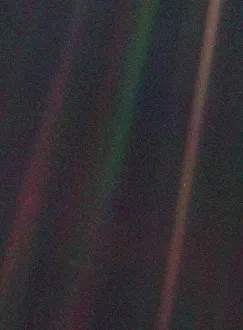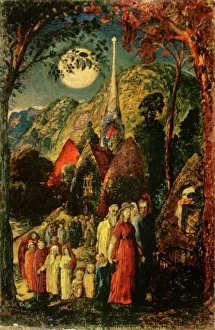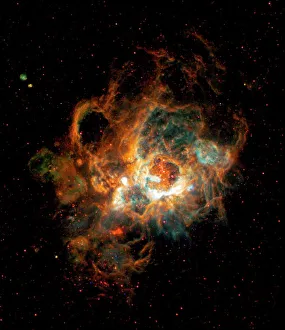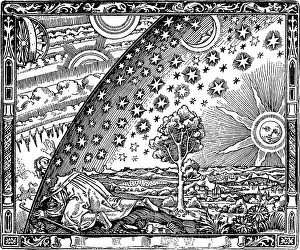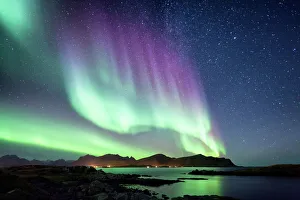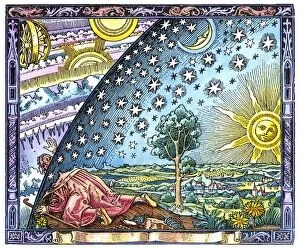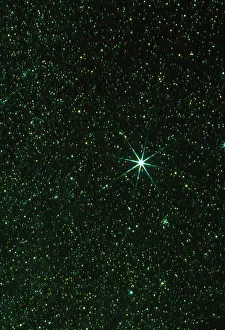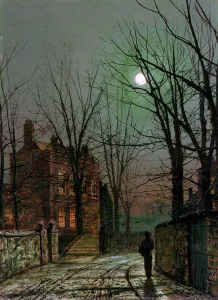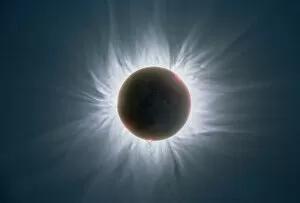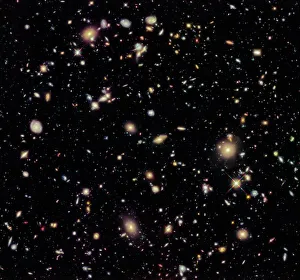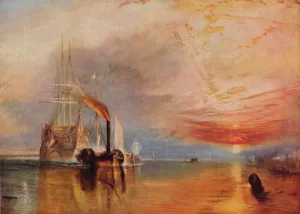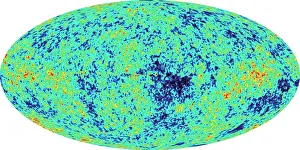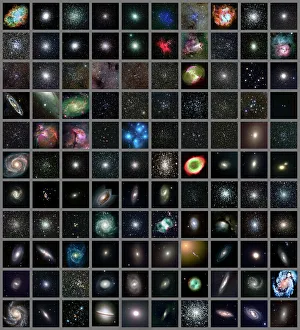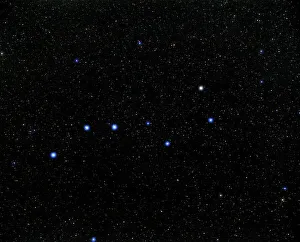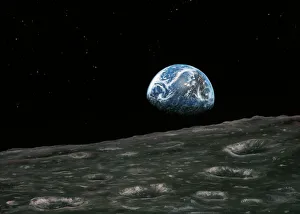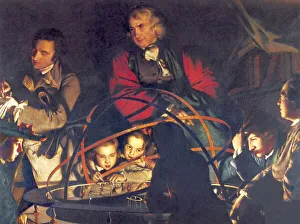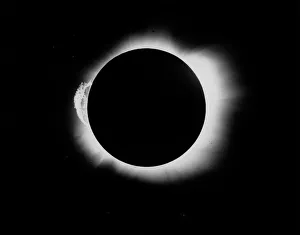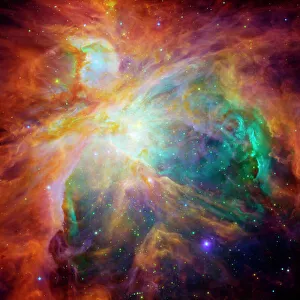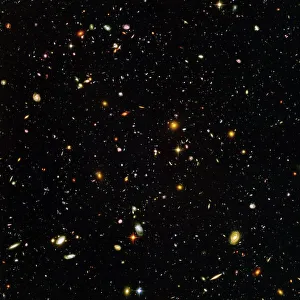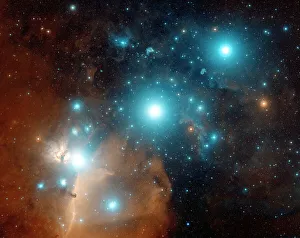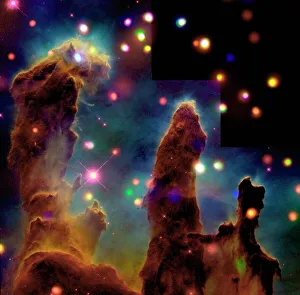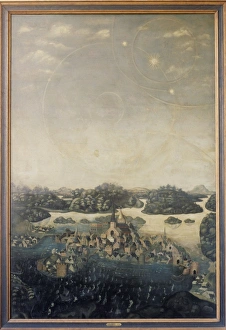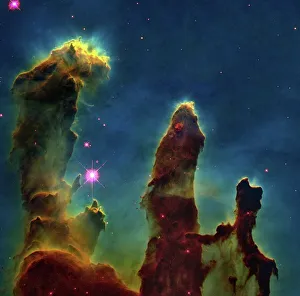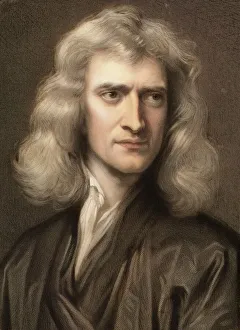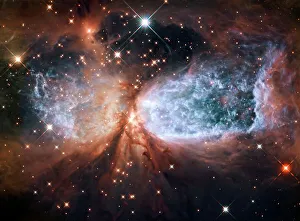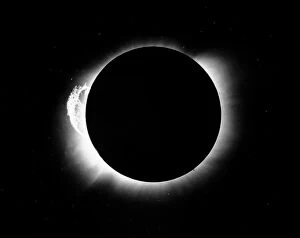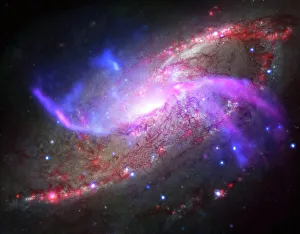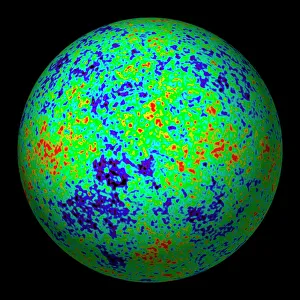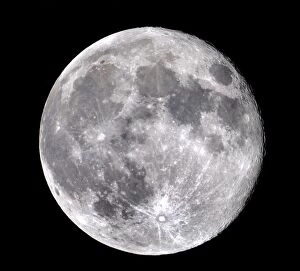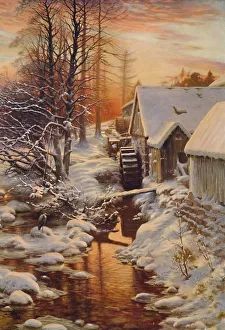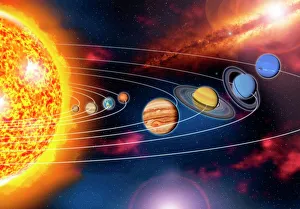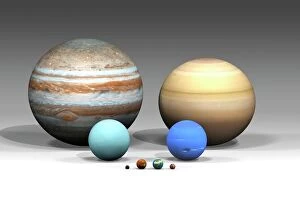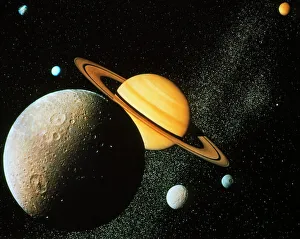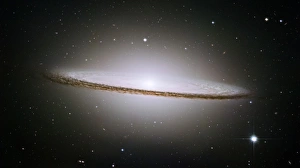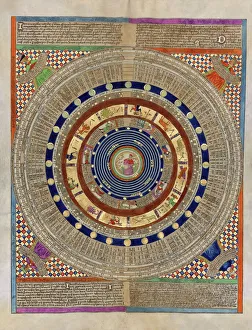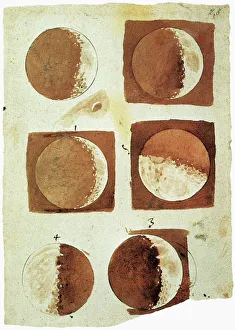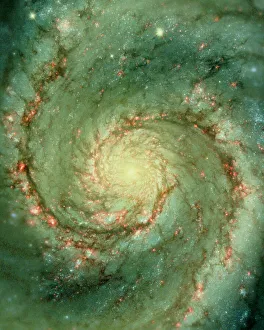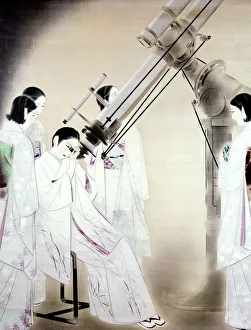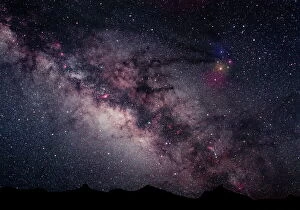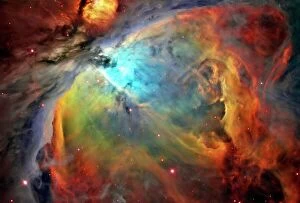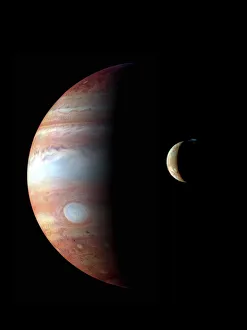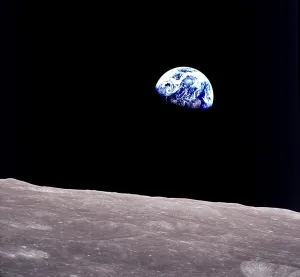Astronomy Collection
"Astronomy: Exploring the Vastness of the Universe" Pale Blue Dot
All Professionally Made to Order for Quick Shipping
"Astronomy: Exploring the Vastness of the Universe" Pale Blue Dot, Voyager 1: A humbling view of our home planet captured by Voyager 1 as it ventured into interstellar space, reminding us of our place in the cosmos. Hubble Ultra Deep Field 2012: Peering deep into space, the Hubble Space Telescope unveiled a mesmerizing image showcasing thousands of galaxies scattered across billions of light-years. The Fighting Temeraire, 1839: JMW Turner's masterpiece captures both artistry and science as it portrays a majestic ship juxtaposed against a breathtaking sunset, symbolizing humanity's eternal fascination with celestial wonders. 1919 Solar Eclipse: A pivotal moment when Sir Arthur Eddington confirmed Einstein's theory of general relativity during an eclipse expedition, forever altering our understanding of gravity and shaping modern astrophysics. METEOR SHOWER, 1833: Witnessing nature's spectacular display above a quaint village in Adolf Vollmy's wood engraving transports us back to an era where meteor storms ignited curiosity and awe among observers. Hubble Space Telescope View of Nebula NGC 604: Unveiling cosmic beauty within our neighboring galaxy M33, this captivating image showcases NGC 604—a stellar nursery brimming with young stars and colorful gas clouds. The Edge of the Firmament (Flammarion Engraving): An enigmatic illustration from "Meteorologie populaire" invites contemplation about humanity's relentless quest to explore beyond Earth’s atmosphere—seeking answers amidst boundless mysteries. The Plough Asterism in Ursa Major: Guiding stargazers for centuries, this familiar group of stars known as "The Plough" or "Big Dipper" serves as a navigational beacon while igniting dreams under countless night skies worldwide. The Orrery by Joseph Wright.

